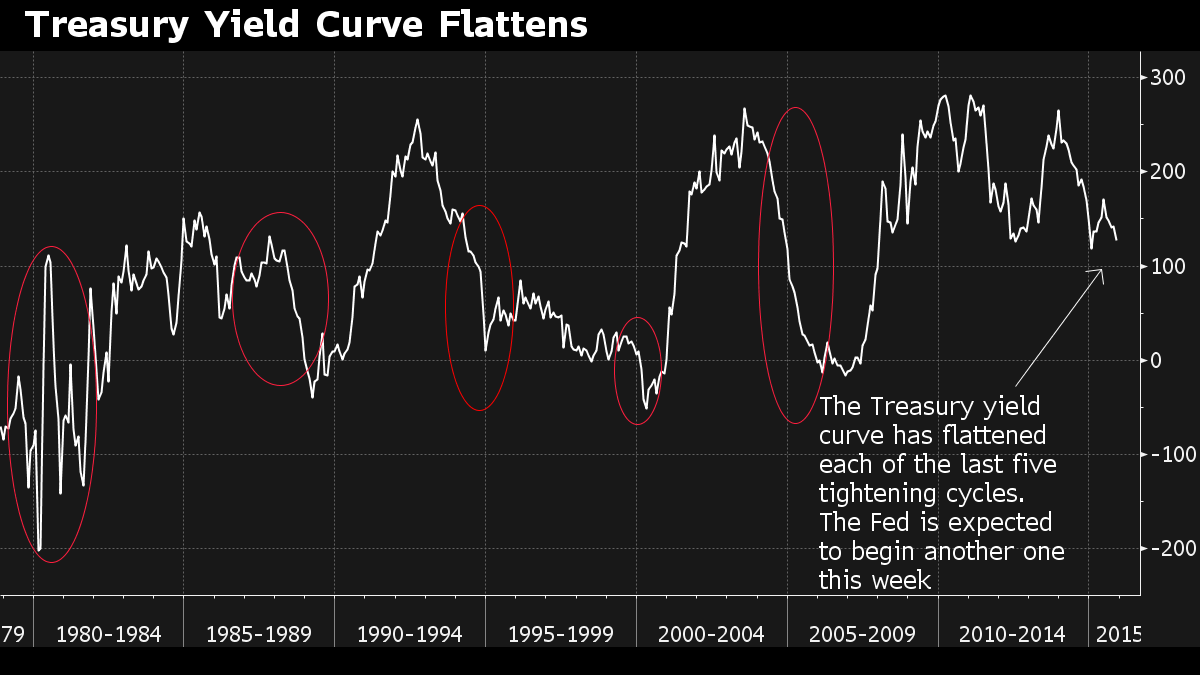Why the oil sands no longer make economic sense
(Globe and Mail) Lost in the political fallout from President Barack Obama’s decision to once and for all reject Keystone XL is the fact that there is no longer an economic context for the pipeline. For that matter, the same can be said for any of the other proposed pipelines that would service the planned massive expansion of production from Alberta’s oil sands.

